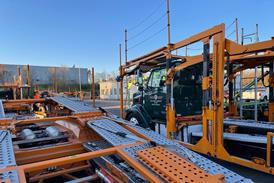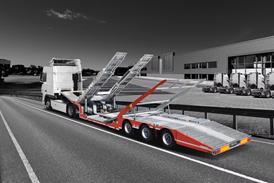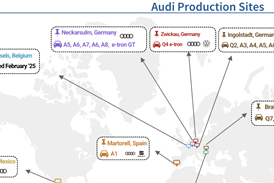Supply Chain Planning | Automotive Logistics – Page 53
-
 Interview
InterviewQ&A: Sulaiman Pallak, GM Middle East and North Africa
In the absence of a production hub, OEMs operating in the Middle East must import both vehicles and parts. GM’s head of purchasing and supply chain for Africa and the Middle East tells Automotive Logistics about the challenges and opportunities in the region…
-
 Feature
FeaturePairing up for progress: The advance of digital twins
A computer-based tool for process planning, quality checking, monitoring systems and a wide range of other uses, digital twinning is increasingly making its presence felt across the automotive industry. In essence, this is a version of something in real life, such as a piece of machinery, a production line or a supply chain operation, which is recreated on a desktop computer or a tablet. Digital twins are now used across manufacturing and warehouse operations to manage material flow, complete the order-to-delivery process and make efficiency and quality improvements in vehicle production.
-
 Feature
FeatureQ&A: Pascal Trummer, Magna International
The tier supplier’s vice-president of sales and marketing in Europe discusses major trends in the automotive industry, plus the state of the market in Central and Eastern Europe
-
 News
NewsRoyal Power Solutions inaugurates parts facility in Mexico
Royal Power Solutions (RPS), a supplier of electrical power and signal distribution components, celebrated the opening of its automotive parts manufacturing facility in Querétaro, Mexico last month…
-
 Feature
FeatureTearing profits apart: how tier one automotive suppliers can mitigate shrinking margins
The latest report by Automotive from Ultima Media examines the profits and outlook for the top 20 automotive parts suppliers and explores the strategies and solutions they should consider to avoid significant disruption in the 2020s
-
 Feature
FeatureKeeping calm: RNM Alliance’s Mark Sutcliffe on how to handle supply chain volatility
The automotive industry is undergoing a technological transformation and facing upheavals in key markets, but the OEM’s senior vice-president of industrial strategy and supply chain management believes there are ways to successfully tackle these changes
-
 Feature
FeatureSuppliers set CEE on firm foundations
In the decades since the end of the Cold War, Central and Eastern Europe (CEE) has been attracting automotive components suppliers by virtue of its cheap labour, low taxes and convenient geographical location. Now, the region is aiming to maintain or even build on its gains in the face of vehicle electrification, rising global competition and other challenges.
-
 News
NewsDaimler Buses to start 3D printing of spare parts
German OEM Daimler Buses enters the new year looking to develop a new business model: directly producing spare parts in-house for customers via 3D printing…
-
 Analysis
AnalysisAutomotive Tier Supplier Profit Analysis 2020: Mitigating Margin Compression
Automotive tier 1 suppliers are facing unprecedented industry transformation in electrification along with economic uncertainty. Download this report on the top 20 global suppliers for a deep analysis of their historic margins, as well as solutions for how suppliers could cope with the growing pressures across the supply chain
-
 News
NewsToyota to pick up parts from suppliers in Tokai
Toyota Motor Corp is to start collecting parts from suppliers, instead of the usual practice of each component manufacturer delivering them, in the Tokai region of Japan from next September…
-
 Feature
FeatureUber Freight: will it get the gig?
Novel freight-on-demand services such as Uber Freight are helping to connect shippers and hauliers, promising to help transport operators to optimise the capacity of their vehicles and increase profit margins…
-
 News
NewsScania updates supply chain system with JDA
Truck and bus manufacturer Scania is revamping its transportation management processes with the purpose of being more agile and smarter as well as using fewer resources…
-
 News
NewsNissan gears up for future mobility
Lineside workers at Nissan’s Tochigi plant in Japan are now learning a series of innovative production techniques as the company prepares for an electric,connected generation of cars…
-
 News
NewsSupplier network puts spotlight on Mini’s new plant in China
BMW Group is to expand global production of the Mini with Chinese partner Great Wall Motor by setting up an assembly plant in Zhangjiagang in eastern China…
-
 News
NewsMiddle East and North Africa: Leading the way in innovation
Despite a sustained period of decline over the last few years affected by a fall in oil prices and geopolitical strife, the Middle East and Africa is fast becoming a region of automotive and supply chain opportunity…
-
 News
NewsSeat production in Spain hit by fire at Faurecia plant
A fire which broke out last week at Faurecia’s plant in Abrera, Spain has impacted production at the Seat assembly plant at Martorell and the wider supply chain. Faurecia was supplying dashboards to Seat on a just-in-time basis for all the models made at Martorell, which is located near Barcelona…
-
 News
NewsSilvano Fini moves to supplier development at Ducati
Silvano Fini has moved to a new role as supplier development manager with the Italian motorcycle manufacturer Ducati, working alongside Federico Sabbioni, who is responsible for supply chain
-
 News
NewsNio to provide delivery service for Hycan EV in China
Electric vehicle (EV) maker Nio is to provide full delivery services in China for the forthcoming Hycan electric SUV that it is making as part of its joint venture with fellow Chinese carmaker Gac Motor…
-
 News
NewsFCA appoints new head of purchasing and supply chain in Asia-Pacific
Ashwani Muppasani has joined Fiat Chrysler Automobiles (FCA) in the Asia-Pacific (Apac) region as head of purchasing and supply chain management (SCM). He moves from his role as vice-president, Americas Operations and Quality at sensor technology firm TE Connectivity…
-
 Feature
FeatureSuppliers will charge the change: opportunities in the EV value chain
While much focus is put on OEM plans to launch more electric vehicles, a great deal of the technology, value, production and services will come from both existing and emerging suppliers across the value chain. We expect many new opportunities for these companies over the next decade.






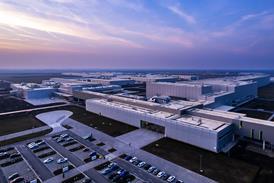
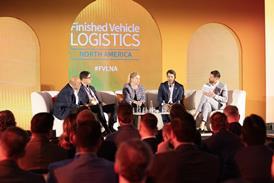




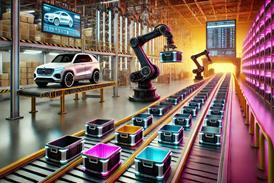

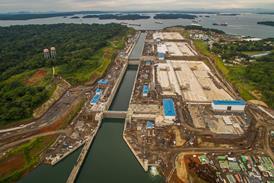









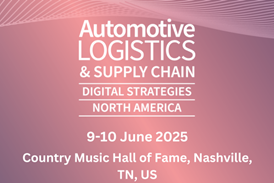
![Global[1]](https://d3n5uof8vony13.cloudfront.net/Pictures/web/a/d/s/global1_726550.svgz)
